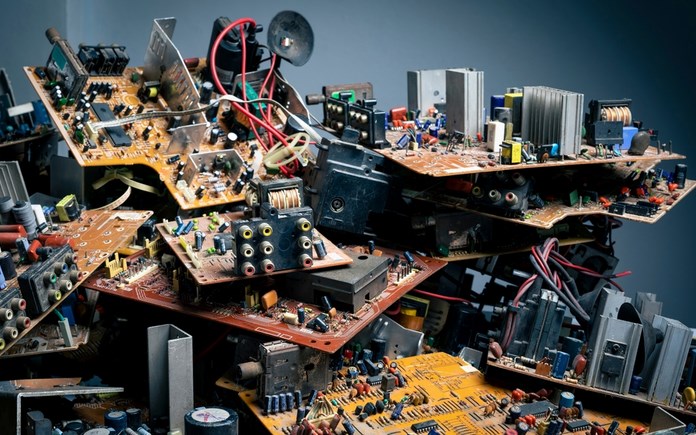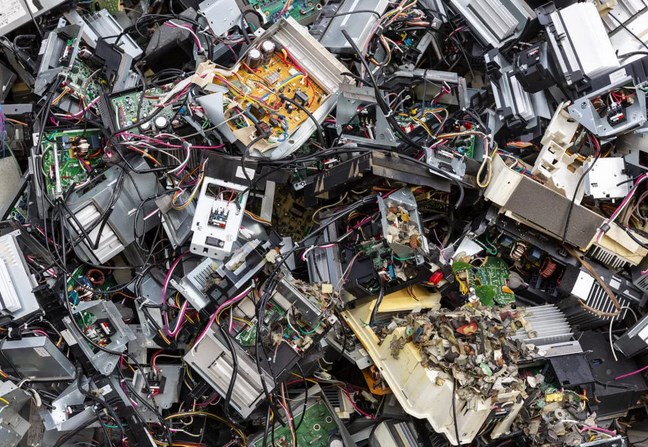OUTLINE:
What are Obsolete Components and Why They Matter
 300
300In today’s fast-paced technological landscape, electronic components are constantly evolving. Manufacturers introduce new parts and discontinue older ones on a regular basis. As a result, designers and engineers must be aware of obsolete components and their impact on their projects.

Obsolescent
Obsolete components refer to electronic parts that are approaching the end of their life-cycle. This means that the manufacturer has stopped producing these components, and they are becoming increasingly difficult to find in the market. Obsolescence can occur due to a variety of reasons, such as changes in technology, supply chain disruptions, or shifting market demands.
The impact of obsolete components on a project can be significant. When a key component becomes obsolete, it can lead to delays in production, increased costs, and even design rework. For example, if a microcontroller that is essential to a design becomes obsolete, the designer may need to redesign the entire system around a new microcontroller. This can be a time-consuming and costly process.
To mitigate the risks of obsolescence, designers and engineers need to be proactive. This involves identifying potential obsolete components early in the design process and developing a plan to manage them. Some strategies that can be used to manage obsolete components include:
- Component substitution: This involves finding a suitable replacement for the obsolete component. The replacement component should have similar specifications and functionality as the original component.
- Lifetime buy: This involves purchasing a large quantity of the obsolete component and storing it for future use. This strategy can be costly, but it ensures that the component will be available when needed.
- Redesign: This involves redesigning the system around new components that are readily available in the market. While this can be time-consuming and costly, it can ensure that the system will be sustainable in the long run.
In addition to these strategies, designers and engineers can also work closely with component suppliers to stay informed about changes in component availability. This can help them to plan for component obsolescence and minimize its impact on their projects.

In conclusion, obsolete components are a reality in today’s fast-paced technological landscape. They can have a significant impact on a project, leading to delays, increased costs, and design rework. To mitigate the risks of obsolescence, designers and engineers need to be proactive in identifying potential obsolete components and developing a plan to manage them. By doing so, they can ensure that their projects are sustainable in the long run.

Disclaimer: The views and opinions expressed by individual authors or forum participants on this website do not represent the views and opinions of Chipsmall, nor do they represent Chipsmall's official policy.

share this blog to:

